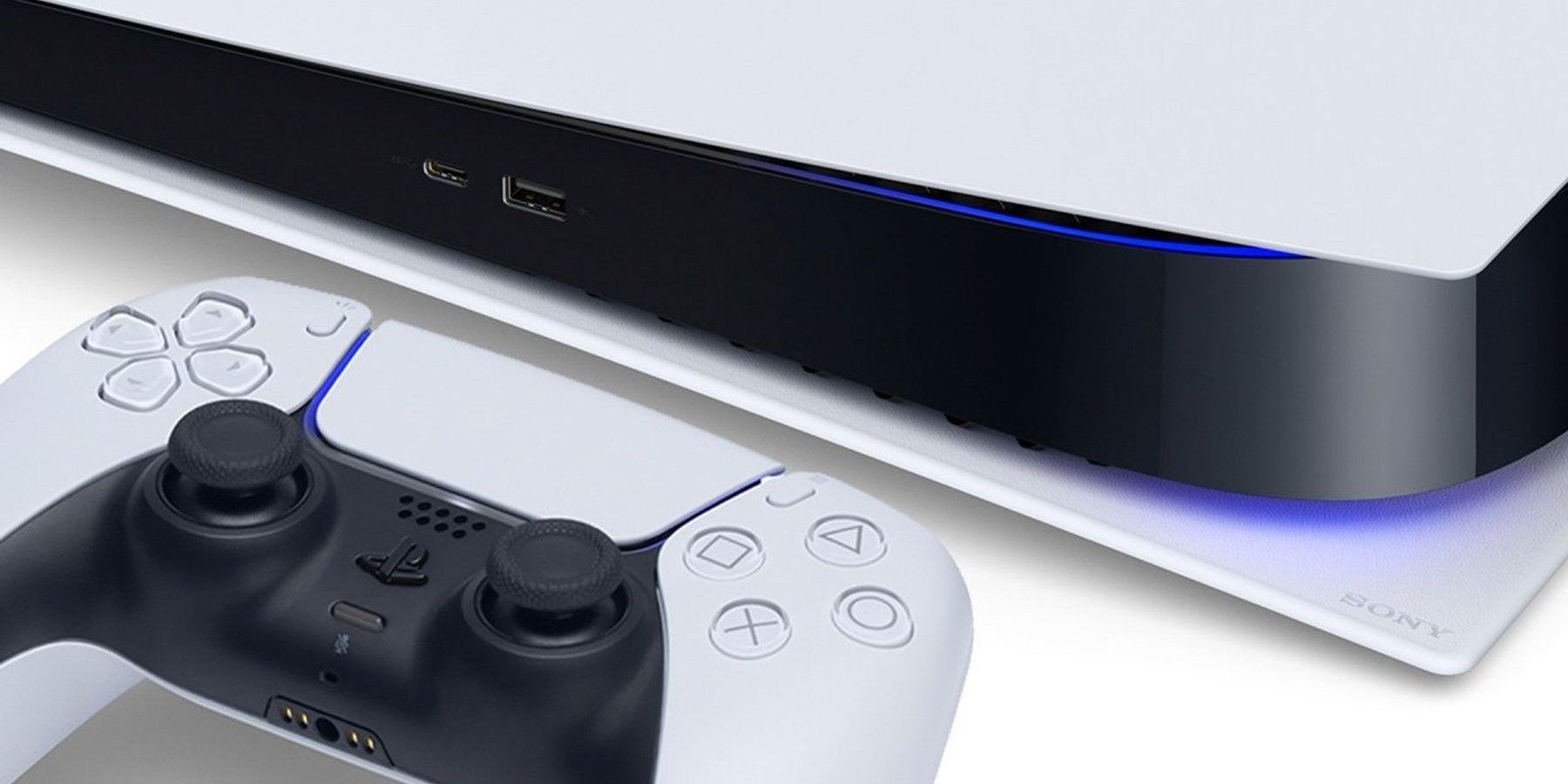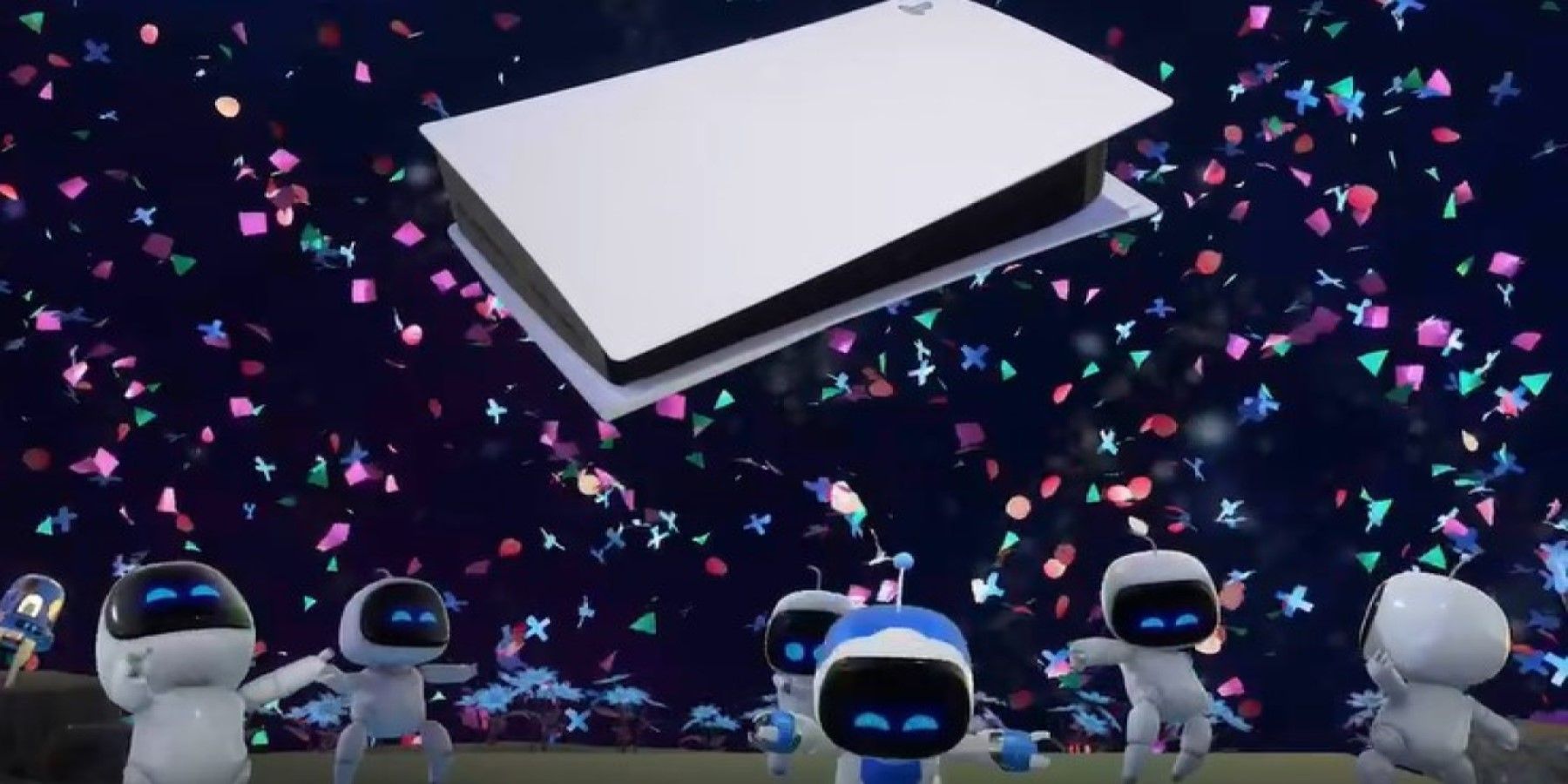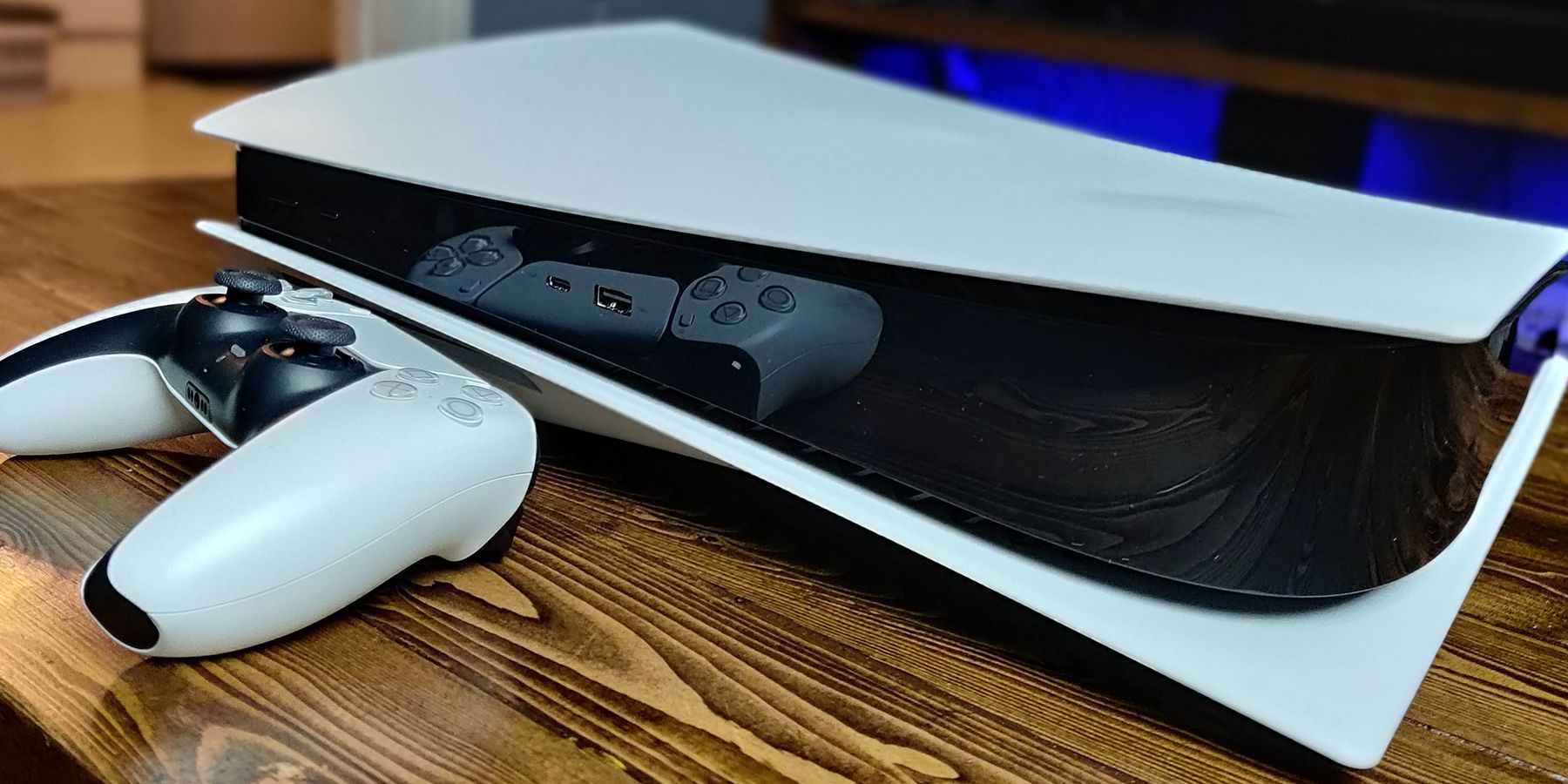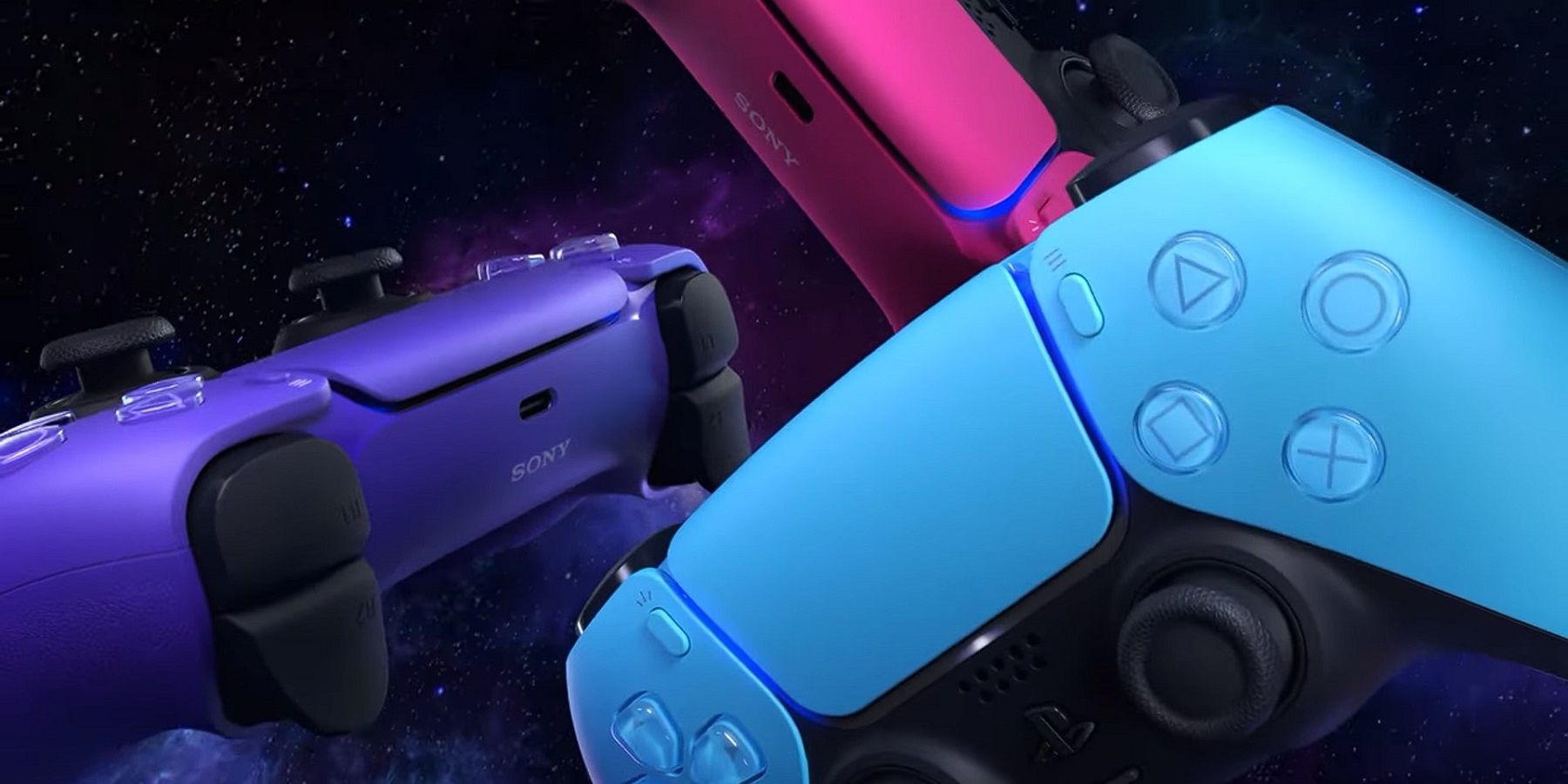Thanks to the rise of the internet, in recent years players have gotten used to their video game content not standing still. Patches and updates come along often for games after their initial release, which fundamentally alters the experience. The same has also become true of video game consoles over the last few generations. So much so that, despite only launching roughly 17 months ago, Sony’s PS5 is now noticeably different from the version of the console that first hit the market back in November 2020.
Based on the struggles that Sony has continued to face in regard to producing enough consoles to meet demand, it’s remarkable to think that most eventual PS5 owners will never know the state in which it launched. From a software and features perspective, though, the latest PlayStation console is in a much stronger position than when it first hit store shelves in 2020. While highly requested features such as folders and custom themes are still missing from the PS5, it’s worth taking a look back on how the console has already evolved.
The PS5’s 3.0 Update
For the first few months of the PS5’s life, most of the software updates that Sony pushed to its fledgling console brought little to the table in terms of brand-new features. Thanks to the Covid-19 pandemic, and the reality of creating modern hardware, the publisher’s current generation console launched with its fair share of technical gremlins. As a result of this, between November 2020 and February 2021, its focus was primarily on ironing these out. Beyond frequent stability upgrades, over the course of several patches, issues surrounding the console’s Rest Mode and infrequent tendency to crash were also fixed.
It wasn’t really until April 2021, after most of the problems regarding the PS5’s launch window were resolved, that Sony started to get the ball rolling in terms of major upgrades. With the arrival of the awkwardly named software patch v21.01-03.00.00, or Update 3.0 for short, early adopters of the PS5 got their first glimpse of Sony’s commitment to enhancing the expensive hardware they’d fought off scalpers to get. While it can be argued that the console didn’t launch in a particularly bad state, it’s also fair to say that this update laid a foundation that most future updates would build upon even further.
Headlining April 2021’s 3.0 update was the ability for players to transfer their PS5 games to external hard drives. While it should be pointed out that it’s still impossible for the console to play these games from an external source, the feature still went down well among fans. Even though Sony’s attempts to cut installation sizes down has had some success, titles like GTA 5 still clock-in at an eye-watering 86 GBs. Being able to quickly copy games back and forth to the PS5, then, is a welcome upgrade. Other minor renovations to the console’s party, trophy, privacy, and accessibility features were all received well by fans too.
The PS5’s 4.0 Update
In the aftermath of the PS5’s substantial 3.0 software update, Sony briefly switched its focus back to patches designed to stabilize the console and DaulSense’s performance. Following the announcement that owners could sign up to beta test future updates in June 2021, similarly to Microsoft’s Xbox Insider program, it wasn’t until September of the same year that the next major update rolled out. Dubbed internally as v21.02-04.00.00 by Sony itself, and Update 4.0 by fans, this update is arguably the biggest that the PS5 has experienced to date.
From a feature perspective, the PS5’s Update 4.0 brought a lot of highly requested upgrades to the table. Topping the billing was the ability for console owners to switch out the console’s M.2 SSD expansion slot. Unlike the aforementioned external hard drive-focused update, current generation owners can install and run both PS4 and PS5 games from the SSD of their choice. That is, provided the new piece of hardware is a PCIe 4.0 M.2 supported SSD, with a capacity between 250 GBs and 4 TBs.
Proceedings didn’t end there either. In total, 19 other revisions were made to the PS5’s software when Update 4.0 dropped. These ranged from slight alterations to the console’s Game Base and Library apps, all the way to UI changes that made it easier to see which version of a game was installed on the PS5. 3D audio support was enabled for TV speakers as well in a move designed to expand one of the console’s more underappreciated qualities beyond accessories like Sony’s Pulse 3D headset. Expanded PS5 trophy tracking was added into the mix for good measure, which pleased trophy hunters in particular.
The PS5’s 5.0 Update
Following a handful of performance-focused software updates, the next big numerical revision to the PS5 landed in March 2022. In terms of headlining features, the console’s most recent major update was spearheaded by several alterations to the way in which players interact with their friends. Voice chats are now referred to as parties, for example, and are accessible within the PS5’s updated three-pronged Game Base menu. These changes, which coincide with some accessibility and language upgrades, have all helped to make Sony’s latest console much more user-friendly.
While Sony has reassured fans that bigger features like the introduction of VRR are being actively worked on behind the scenes, the publisher still managed to squeeze in a few extra updates into the PS5’s system software 5.0 Update. In addition to being able to display more games on the console’s main menu, players can now select 5 titles to pin to the screen permanently that will stay there regardless of what they play or download. With live service games set to become an increasingly important part of PlayStation's output, the move can be viewed as a preemptive one designed with an eye on the PS5’s future.




